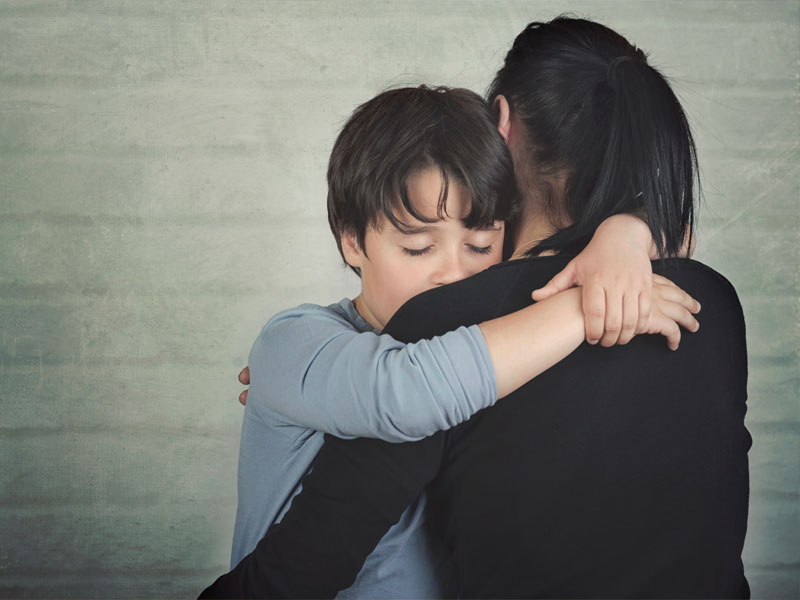
By Rebecca Caswell-Fox, CEO of KidsAid – 27th June 2025
When a child lashes out, withdraws, or responds with defiance, we’re often quick to label the behaviour as difficult, attention-seeking, or disrespectful. But what if these responses aren’t signs of misbehaviour? What if they’re symptoms of unhealed trauma?
In the UK alone, one in five children have experienced serious maltreatment, according to the NSPCC. Globally, the World Health Organisation (WHO) estimates that more than 1 billion children are affected by violence each year.
While comprehensive data on other types of childhood trauma remains limited, existing evidence from the NSPCC and WHO makes one thing clear: trauma in childhood is far more common than many realise. And its effects on behaviour, development, and overall wellbeing are profound.
With growing societal awareness of trauma, the phrase trauma-informed is often used – but what does it really mean? And how can we support children in ways that lead to meaningful, lasting impact?
Childhood trauma refers to experiences that overwhelm a child’s ability to cope. These experiences may leave lasting emotional, psychological, or physical scars, especially when there is a lack of protective support.
While these are among the more recognised causes of trauma, it’s important to understand that trauma is not defined solely by what happens, but by how the child experiences it.
What may seem like a minor event to one child can be deeply traumatic to another. Two children can face the same situation and walk away with very different emotional outcomes – shaped by their age, personality, coping skills, and the presence (or absence) of a supportive environment.
Being trauma-informed means understanding how trauma affects children’s behaviour, learning, emotions, and relationships – and responding with empathy and support instead of judgement or reprimand.
A trauma-informed approach is built on five core principles:
In everyday settings, this might look like:
Trauma-informed care means seeing the child behind the behaviour.
You don’t need to be a therapist to support a traumatised child. Whether you’re a parent, teacher, or community worker, here are five powerful, trauma-informed ways to help:
Trauma doesn’t exist in isolation. Culture, identity, language, race, disability, and religion shape how trauma is experienced – and how healing happens.
For children from marginalised or historically oppressed communities, trauma may be compounded by generational or systemic factors. A trauma-informed approach must be actively anti-racist, inclusive, and respectful of cultural context to be truly healing.
At KidsAid, we’ve supported thousands of children and families affected by trauma. We’ve seen firsthand how powerful it is when a child feels truly seen, heard, and safe.
Being trauma-informed isn’t a checklist – it’s a mindset. It’s about creating healing environments in schools, homes, clinics, and communities where every child can begin to recover, grow, and thrive.
Raising awareness is only the beginning. To truly support children affected by trauma, we need consistent compassion, genuine curiosity, and a commitment to understanding their lived experiences.
So, let’s stay curious. Let’s keep learning. Let’s ask thoughtful, open-ended questions.
And above all, let’s listen – really listen – with empathy. Not just to what children say, but to what they show us through their behaviour.
Because when we build environments grounded in safety, trust, and understanding, we give every child the chance to feel seen, heard, and supported.
We offer trauma-informed training and workshops for teachers, healthcare professionals, social workers, and community leaders.